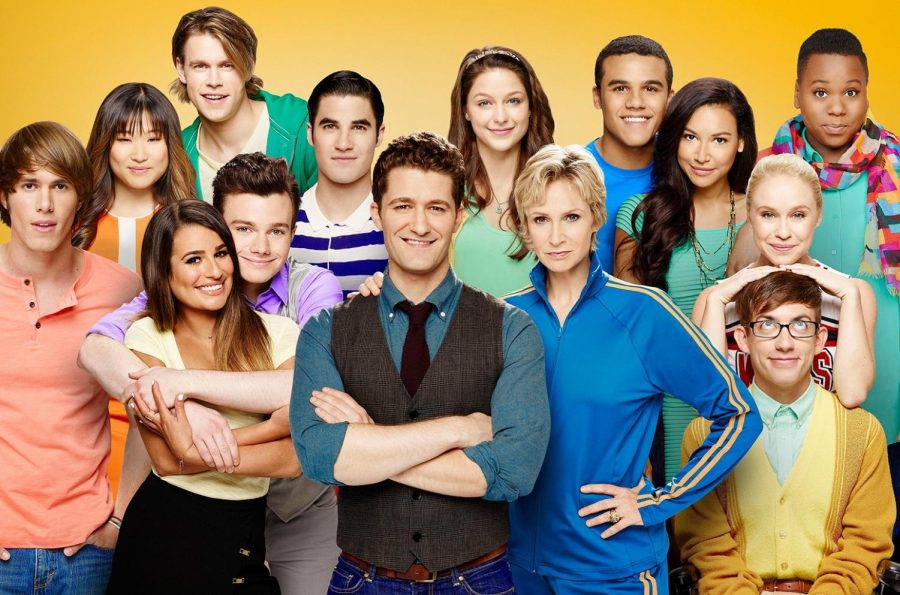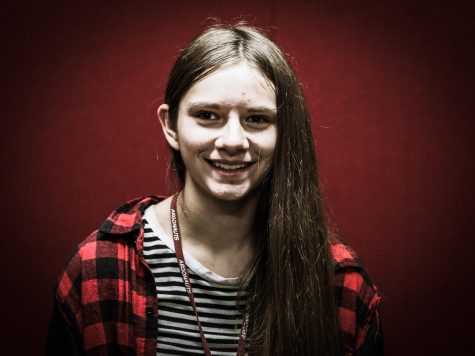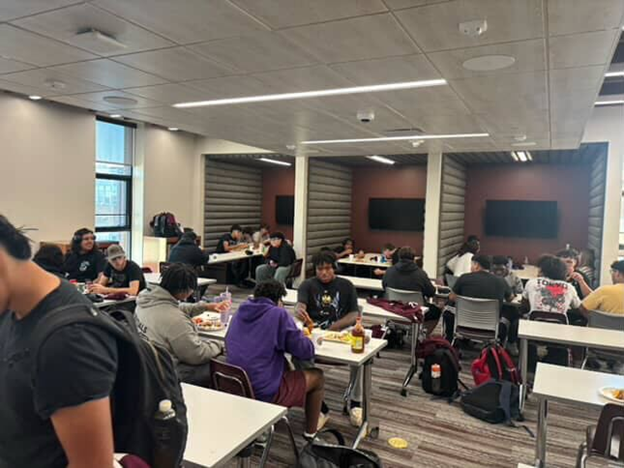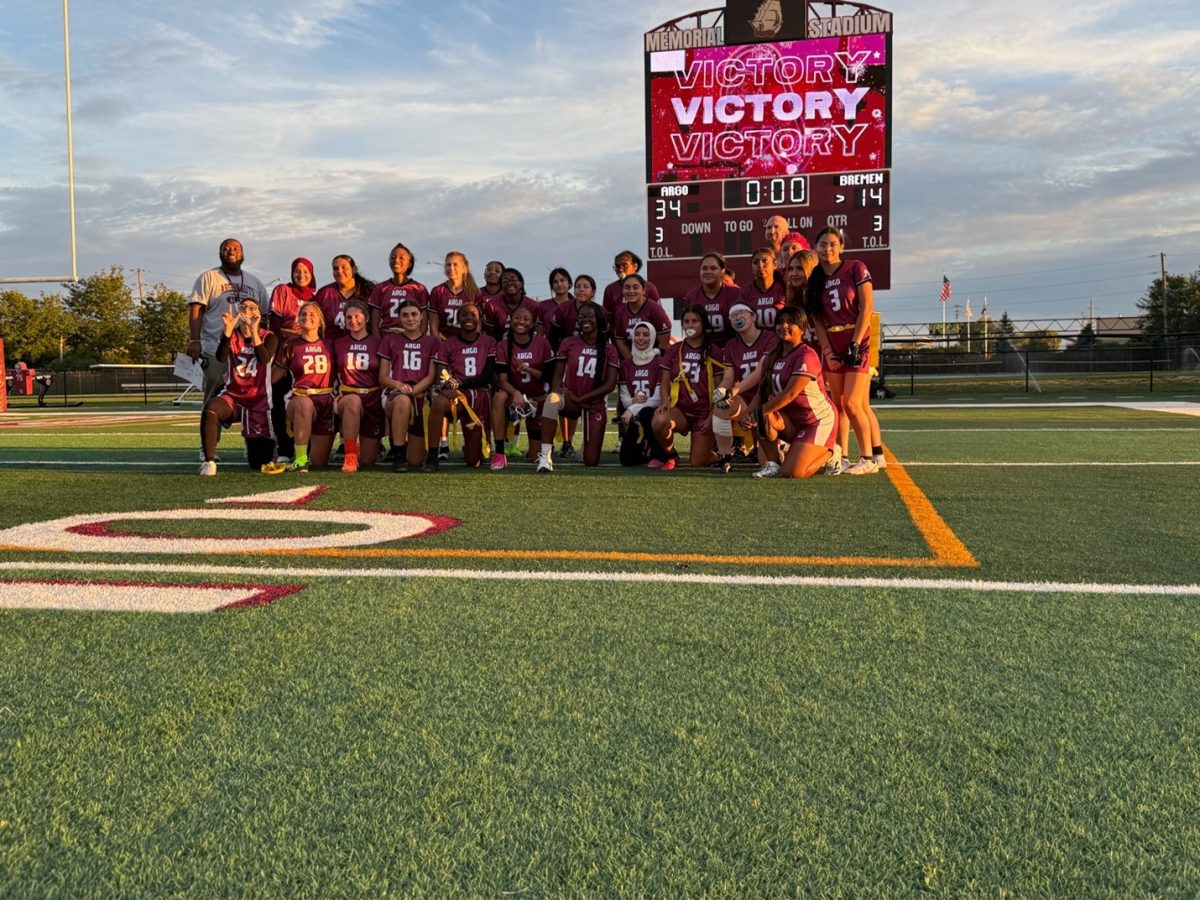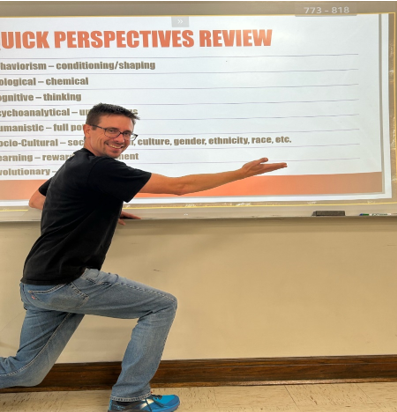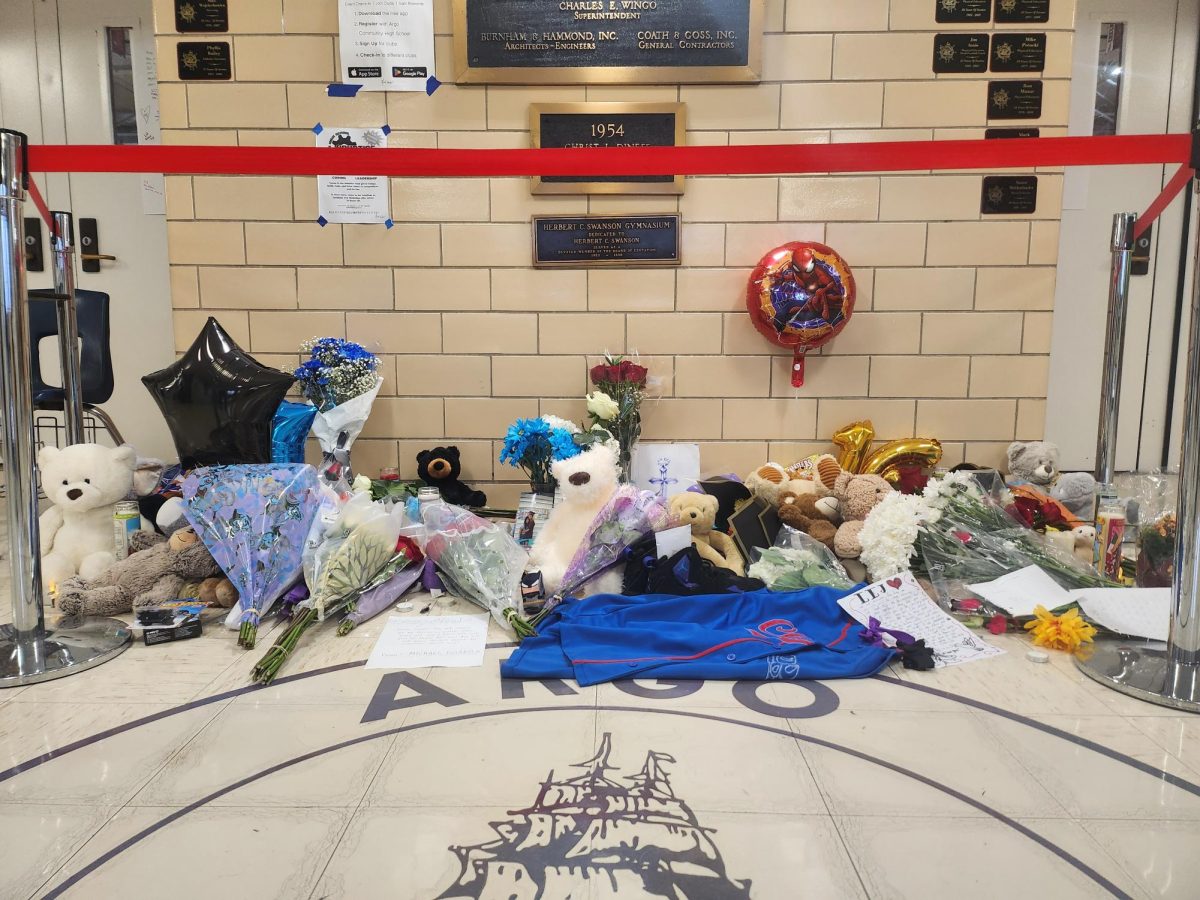Glee: 11 Years Later
February 22, 2021
In 2009, Fox aired the pilot episode of a show that would soon become a universally known satire with killer vocals, “woke” concepts, and the ability to make tracksuits terrifying. While mostly about the highs and lows of high school show choir, it tackled many societal issues and showed the realities of high school bullying, coming out/homophobia, and loss of a loved one among others. This show is “Glee”, and while it was groundbreaking in the 2010’s has it remained the way, or has it become dated, and possibly even problematic.
The answer to this question isn’t a simple yes or no; there’s an argument to be made both ways, and each side holds a lot of ground. Yes in the sense that it still brings awareness to issues that are more normalized than they were 11 years ago, but still need to have light shed on. it also serves as a reminder that these issues still exist in our world today. It can be argued that it has become dated considering some off-color commentary that pops up occasionally and how every character has at least one toxic trait, which is a little too much even for a satire. Not to mention that some of the issues presented are more of a glamourization of the problem, than a way to spread awareness. With that being said, this article will review three examples of “Glee” that stand the test of time, and three in which it doesn’t.
- Kurt and Santana’s coming out story. One of the major plotlines throughout seasons one to three was Kurt and Santana coming out as gay/lesbian, and the trials they faced as a result. While other characters like Blaine and Brittany, faced issues concerning their sexualities, this plotline mainly focused on the these two exclusively and their struggles. Kurt had an incredibly difficult time coming out, seeing as there were no other out kids at his high school, and was bullied so badly in season two, he had to briefly transfer schools. Santana, struggling to come to terms with her sexuality, was accidentally outed by Brittany, and was cut off by her abuela as a result. This storyline was a very realistic look at how LGBT members face not being fully accepted and the horrible treatment they are at times subjected to because of their sexuality. With that being said, this held up to today’s standards.
- Loss of a loved one. With the tragic death of actor Cory Monteith, who played Finn, the show had no choice but to then kill off the character. There was a lovely tribute episode dedicated to the character and the actor entitled ’The Quarterback,’ significant because Finn was the quarterback of the football team, and a great one at that. During the episode, the characters expressed their grief in different ways. Santana and Puck had breakdowns, Will was clearly in denial until the end of the episode, and several characters experienced shock. The tribute was handled beautifully, showing the realities of losing a loved one and the effect it has on a person. Overall, this stood the test of time.
- Transphobia. “Glee” featured two transgender characters. Unique Adams and Sheldon Beiste. The storyline of their coming out was realistic, with Unique unable to play Rizzo in the school’s production of “Grease” and Sheldon being relentlessly bullied, to the point of having his car vandalized by students of the neighboring school’s Glee Club. Overall this story line once again showed the struggle of coming out and the harsh realities of the treatment of trans people. Overall, it’s still relevant today.
- Sue Sylvester. She may be everyone’s favorite anti–hero, but she’s also quite the problematic character. She was constantly racist, mainly to Mike Chang and Tina Cohen-Chang, but not exclusively to them. Sue called Kurt “porcelain,” further outed Santana, trapped Kurt and Blaine in a fake elevator and wouldn’t let them out until they kissed, treated the cheerleaders she coached horribly, and the list goes on. We do see a few softer sides of Sue, demonstrated by the way she acts toward her younger sister and her acceptance of coach Beiste, but overall she remains incredibly problematic.
- Biphobia. This didn’t appear too often, but both Kurt and Santana made biphobic remarks, strange considering neither of them are straight. In season two when Blaine kissed Rachel at a party, Kurt told him, “Bi is a made up term for gay guys who want to hold hands with girls.” This is clearly problematic and offensive to the bi community. On another occasion, after breaking up with Brittany and dating a new girl in New York who was a lesbian, Santana proclaimed, “Now I have a girlfriend who I don’t have to worry about leaving me for a man.” This insinuates bisexual people are cheaters, or that they leave the person their with for someone of the opposite gender. Both these remarks are harmful to the bi community and are not acceptable today.
- Will Shuester. The man who started it all is not as squeaky clean as he was back in 2009. There’s an entire episode dedicated to him being racist, he’s a Spanish teacher who can’t even speak Spanish, and his relationship with his students is not appropriate at all. He punished a student for not wearing a revealing costume for a song the club performed, forced the club to do a risqué cover to Brittany Spears’ “toxic,” and he performed that cover, with his show choir students, in front of the entire school. He’s supposed to be the guy you root for, but he’s got some major flaws and his character would not fly today.
Overall, there is a lot to like and dislike about “Glee,” but what’s most important is how far society has come since it premiered. The fact that a show that was known for its progressive nature can be seen as problematic only 11 years later shows a lot of progress.


